- No products in the cart.
Spironolactone Medisorb tab 25mg 20 pc

Efoksa 20 Table 20 mg 50 pcs up.kont.yach.pach.kart.
$2.95
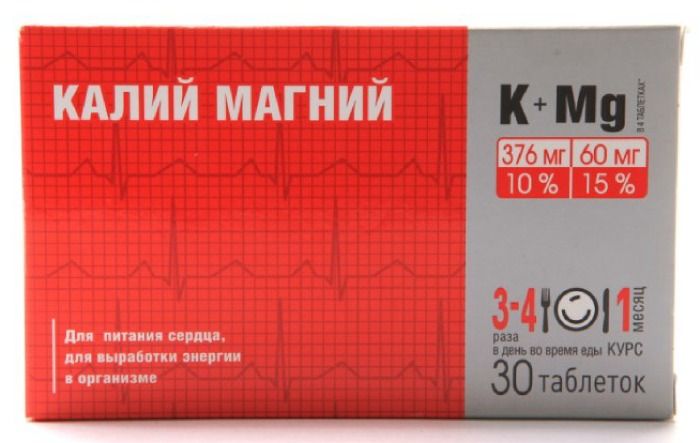
Potassium magnesium Table 30 pcs Bad WTF
$4.71
$1.71
Spironolactone Medisorb tab 25mg 20 pc
SKU: 01145494766 Categories: Diuretic, Heart and blood vessels, Medicaments Tags: Medisorb, spironolactone
Description
Composition
Active substance:
Spironolactone 25 mg
Excipients:
Spironolactone 25 mg; Excipients: lactose monohydrate (milk sugar);
potato starch; giproloza (hydroxypropylcellulose); talc; povidone (polyvinylpyrrolidone); calcium stearate
Description:
Valium round tablets White or almost white color with a facet on both sides and scored on one side with a characteristic odor.
Product form:
Tablets 25 mg
10 tablets in blisters.
Or
20 tablets per plastic jars with a lid.
Each bank or contour of cellular packages 2 to 10 tablets, together with instructions for use placed in a pile of cardboard.
Contraindications
Hypersensitivity to spironolactone or any other component of the drug; Addison’s disease; hyperkalemia;
hyponatremia; severe renal impairment (creatinine clearance less than 10 mL / min); anuria; simultaneous application of eplerenone and other potassium-sparing diuretics, potassium preparations; Children under 3 years of age (a solid dosage form); pregnancy; breastfeeding; lactose intolerance, lactase deficiency, glucose-galactose malabsorption.
Carefully
Atrioventricular block (possibility of gain due to the development of hyperkalemia); diabetes (with confirmed or suspected chronic renal failure); diabetic nephropathy; dysmenorrhea; hypercalcemia; metabolic acidosis; hepatic failure, cirrhosis of the liver; surgery; gynecomastia and simultaneous reception of drugs,
causing gynecomastia; the holding of local and general anesthesia; elderly age.
Dosage
25 mg
Indications
– essential hypertension (as part of combination therapy);
– Edematous syndrome in chronic heart failure (it can be applied in monotherapy or in combination therapy);
– a state in which can be detected secondary hyperaldosteronism, including cirrhosis of the liver accompanied by ascites and / or edema, nephrotic syndrome, and other conditions accompanied by edema;
– hypokalaemia / hypomagnesaemia (as an auxiliary means for preventing it during a diuretic treatment and impossibility to use other ways of correction of potassium content);
– primary hyperaldosteronism (Conn syndrome) – short for preoperative treatment;
– for the diagnosis of primary hyperaldosteronism;
– severe chronic heart failure (III-IV functional class NYHA classification) with standard therapy.
Interaction with other drugs
Reduces the effect of anticoagulants, anticoagulants (heparin, coumarin derivatives, indandiona) and toxicity of cardiac glycosides (as normalization of potassium in the plasma prevents the development of toxicity).
Enhances metabolism phenazone (antipyrine).
Reduces vascular sensitivity to norepinephrine (requires care in compliance anesthesia) that increases the half-life of digoxin – possible digoxin intoxication. It enhances the toxic action of lithium due to decrease its clearance. Perhaps enhances the effect of non-depolarizing muscle relaxants (e.g., tubocurarine); It speeds up the metabolism and excretion of carbenoxolone.
Carbenoxolone promotes sodium retention spironolactone.
Glucocorticosteroid preparations, diuretics (benzothiazine derivatives, furosemide, ethacrynic acid) increase and accelerate the diuretic and natriuretic effects.
It enhances the action of diuretic and antihypertensive medicaments.
Nonsteroidal anti-inflammatory drugs (NSAIDS) reduce the diuretic and natriuretic effects, increasing the risk of hyperkalemia.
Ethanol, barbiturates, drugs increase the risk of orthostatic hypotension. Glucocorticosteroid drugs increase the diuretic and natriuretic effect in hypoalbuminemia and / or hyponatremia.
The risk of hyperkalemia when taken with potassium preparations, potassium supplements and potassium-sparing diuretics, angiotensin-converting enzyme (ACE) inhibitors (acidosis), antagonists of angiotensin II, aldosterone blockers, indomethacin, cyclosporin.
Salicylates, indomethacin reduce diuretic effect.
Ammonium chloride, cholestyramine hyperkalemic contribute to the development of metabolic acidosis.
Fludrocortisone cause paradoxical amplification tubular potassium secretion. Cnizhaet effect of mitotane. It enhances the effect of triptorelin, buserelin, gonadorelin.
Overdose
Symptoms include nausea, vomiting, dizziness, decreased blood pressure, diarrhea, skin rash, hyperkalemia (paresthesia, myasthenia gravis, arrhythmia, weakness), hyponatraemia (dryness of the oral mucosa, thirst, drowsiness), hypercalcemia, dehydration, increasing the concentration of urea in plasma blood.
Treatment: gastric lavage, symptomatic treatment of dehydration and hypotension. If hyperkalemia necessary to normalize the water and electrolyte balance via kaliyvyvodyaschih diuretics rapid parenteral administration of dextrose (glucose) (5-20% solution) with insulin at the rate of 0.25-0.5 U per 1 g of dextrose (glucose); you can enter, if necessary repeatedly. In severe cases, hemodialysis.
pharmachologic effect
Pharmacological group:
potassium-sparing diuretic agent
Pharmacodynamics:
Spironolactone is a potassium-sparing diuretic action is due aldosterone antagonist (mineralokortikosteroidny adrenocortical hormone). Aldosterone promotes the reabsorption of sodium ions in the renal tubules and increases the excretion of potassium ions. Spironolactone – a competitive antagonist of aldosterone for influencing the distal nephron (competes for binding sites on the cytoplasmic protein receptors, reduces the synthesis permeases in aldesteronzavisimom portion of the collecting ducts and distal tubules), increases the excretion of sodium, chloride and water and reduce the excretion of potassium ion and urea, It reduces the acidity of urine. Increased diuresis causes the antihypertensive effect, which unstable. The diuretic effect is seen on the 2-5 day of treatment.
Pharmacokinetics:
Absorption and distribution
When ingestion rapidly and completely absorbed from the gastrointestinal tract (GIT). Bioavailability – 100%. Binds to plasma proteins about 98% (canrenone – 90%). The maximum concentration (Cmax) in plasma canrenone achieved within 2-4 hours after ingestion. After receiving 100 mg daily for 15 days achieves Cmax 80 ng / ml, the time to reach the next morning after receiving – 2-6 hr Volume of Distribution -. 0.05 l / kg.
Metabolism
Spironolactone is metabolized in the liver, becoming active metabolites: metabolite containing sulfur (80%) and partly canrenone (20%). Spironolactone bad into the organs and tissues, but itself and its metabolites cross the placental barrier and canrenone – in breast milk.
breeding
Excreted by the kidneys (50% – as metabolites, 10% – unchanged) and partly through the intestines. The half-life (T1 / 2) of spironolactone 13-24 hours, active metabolites – up to 15 hours.
Excretion of canrenone (mainly kidneys) biphasic, T1 / 2 in the first phase – 2-3 h, in the second – 12-26 hours.
Pharmacokinetics in specific patient groups
In liver cirrhosis and congestive heart failure duration T1 / 2 is increased without evidence of cumulative probability is higher in chronic renal failure and hyperkalemia.
Pregnancy and breast-feeding
Use of the drug during pregnancy and lactation is contraindicated. If necessary, use during lactation, breast-feeding should be discontinued.
Conditions of supply of pharmacies
Prescription
side effects
Blood disorders and lymphatic system: agranulocytosis, thrombocytopenia, megaloblastoz; Disorders of immune system: hives; Endocrine disorders: deepening of voice, irregular menstruation, dysmenorrhea, amenorrhea, metrorrhagia, menopause, hirsutism; Disorders of the nervous system: ataxia, confusion, dizziness, headache, drowsiness, lethargy, confusion; Gastrointestinal disorders: nausea, vomiting, diarrhea, ulceration and bleeding from the gastrointestinal tract, gastritis, intestinal colic, abdominal pain, constipation; Disorders of the liver and biliary tract: the liver; Violations of the skin and subcutaneous tissue disorders: hypertrichosis, pruritus, makulopapuloznaya and erythematous skin rash, toxic epidermal necrolysis, Stevens-Johnson syndrome; Violations by the muscular, skeletal and connective tissue disorders: leg cramps, muscle spasms;
Violations of the kidneys and urinary tract: acute renal failure; Violations by the reproductive system and breast cancer: men – gynecomastia (the probability of development depends on the dose, duration of treatment and usually is reversible after discontinuation of the drug disappears, only in rare cases, breast remains somewhat enlarged), women – pain in the mammary glands, breast carcinoma (the link to the drug intake is not set), sexual dysfunction; General disorders and administration site reactions: drug fever, alopecia; Laboratory and instrumental data: hyperuricemia, hypercreatininemia, increasing concentrations of urea, disruption of water-electrolyte metabolism (hyperkalemia / hyponatremia) and acid-base state (hyperchloremic metabolic acidosis or alkalosis).
It is important to report suspected adverse drug reactions in order to ensure continuous monitoring of relationship benefits and risks of the drug.
If you have any adverse reactions, contact your doctor, pharmacist or the manufacturer.
Health workers are encouraged to report any suspected adverse reactions of the drug through the national system of adverse reactions posts.
special instructions
Possible temporary increase in the concentration of urea nitrogen in blood serum, especially with reduced renal function and hyperkalaemia.
Hyperchloraemic possible reversible metabolic acidosis.
In renal and liver function, as well as in the elderly requires regular monitoring blood electrolytes and kidney function plasma.
The drug is difficult to determine digoxin, cortisol and adrenaline in the blood plasma.
Despite the lack of direct effect on carbohydrate metabolism, diabetes mellitus, especially with diabetic nephropathy, it requires special care because of the possibility of hyperkalemia.
With simultaneous treatment of NSAIDs should monitor kidney function and electrolytes in the blood plasma. Avoid eating food rich in potassium.
During treatment with alcohol is contraindicated.
Effects on ability to drive vehicles and other mechanisms
In the initial period of treatment is prohibited to drive and engage in other potentially hazardous activities that require concentration and psychomotor speed reactions. Duration limits set individually.
Storage conditions
In a dry, dark place at a temperature not higher than 25 ° C. Keep out of the reach of children
Dosing and Administration
Inside. Along with the meal.
In essential hypertension:
The daily dose for adults is usually 50-100 mg once daily and may be increased to 200 mg, the dose should be increased gradually, one every 2 weeks. To achieve an adequate response to therapy, the drug should be taken at least 2 weeks. If necessary, a correction of the dose.
Idiopathic aldosteronism:
Assign 100-400 mg / day.
Expressed hyperaldosteronism and hypokalemia:
The daily dose is 300 mg / day (maximum 400 mg) for 2-3 hours, while improving the dose was reduced to 25 mg / day.
When hypokalemia and / or hypomagnesemia caused diuretic therapy:
Prescribe a drug at a dose of 25-100 mg / day, once or in several stages. The maximum daily dose of 400 mg when potassium formulations for ingestion or other methods compensate the deficit ineffective.
Diagnosis and treatment of primary hyperaldosteronism:
As a diagnostic agent for the diagnostic test, short:
The drug is administered for 4 days at 400 mg / day, spreading the daily dose into several techniques daily. By increasing the content of potassium in the blood plasma during the reception of the preparation and reducing it after withdrawal can assume the presence of primary hyperaldosteronism.
As a diagnostic agent for prolonged diagnostic test:
The drug is administered at the same dose for 3-4 weeks. Upon reaching hypokalemia correction and hypertension can assume the presence of primary hyperaldosteronism.
A short course of preoperative treatment of primary hyperaldosteronism:
After diagnosis hyperaldosteronism installed using more accurate diagnostic techniques, the drug should be taken at 100-400 mg / day, divided into 1-4
Hour per day for the entire period of preparation for surgery. If the operation is not shown, the drug is used for long-term maintenance therapy is lowest effective dose which is adjusted individually for each patient.
Swelling in the background of nephrotic syndrome:
The daily dose for adults is usually 100-200 mg / day. Revealed no effect of spironolactone on the primary pathological process, and so the use of this drug is recommended only in cases where other therapies are ineffective.
When the edematous syndrome with chronic heart failure:
The drug is administered daily for 5 days at 100- 200 mg / day in 2-3 hours, in combination with the “loop” or thiazide diuretic.
Depending on the effect (see. The section “Pharmacokinetics in certain patient groups”), the daily dose is reduced to 25 mg. The maintenance dose is adjusted individually.
The maximum dose is 200 mg / day.
Swelling in the background of liver cirrhosis:
If the ratio of urine sodium and potassium ions (Na + / K +) exceeds 1.0, the daily intake for adults normally being 100 mg. If the ratio is less than 1.0, the daily dose for adults is usually 200-400 mg. The maintenance dose is adjusted individually.
Edema in children:
The initial dose for children older than 3 years of 1-3,3 mg / kg body weight, or 30-90 mg / m2 / day 1-4 Hour. After 5 days, and the dose adjusted if necessary, increase 3-fold compared to the original.
Use in elderly patients:
It is recommended to start treatment with the lowest dose and titrate it up to the maximum dose required under the control of a liver / kidney function.
Severe congestive heart failure (III-IV functional class NYHA classification) with standard therapy:
Treatment starts with 25 mg 1 time per day, when the serum potassium less than 5.0 mEq / L and serum creatinine less than 2.5 mg / l. Patients who are well tolerated dose of 25 mg 1 time / day dose can be increased to 50 mg 1 time / day. Treatment is carried out under the control of the content of potassium and creatinine blood one week after initiation of therapy or increasing the dose and then monthly for the first 3 months, then quarterly for a year, and then every 6 months.
Information
Appearance may differ from that depicted in the picture. There are contraindications. You need to read the manual or consult with a specialist
Additional information
| Weight | 0.100 kg |
|---|---|
| Manufacturer | Medisorb |

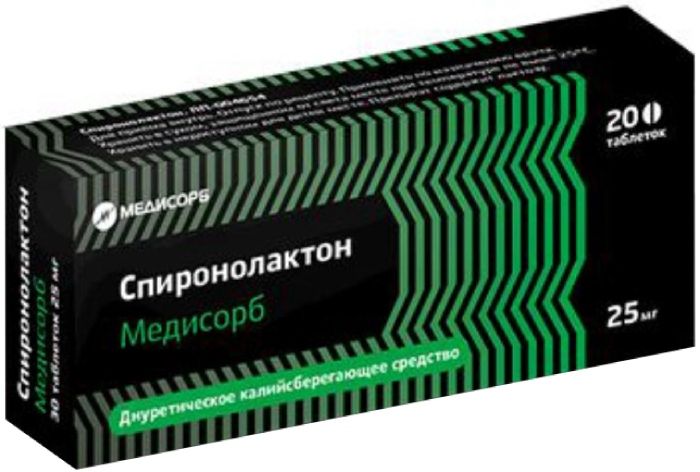
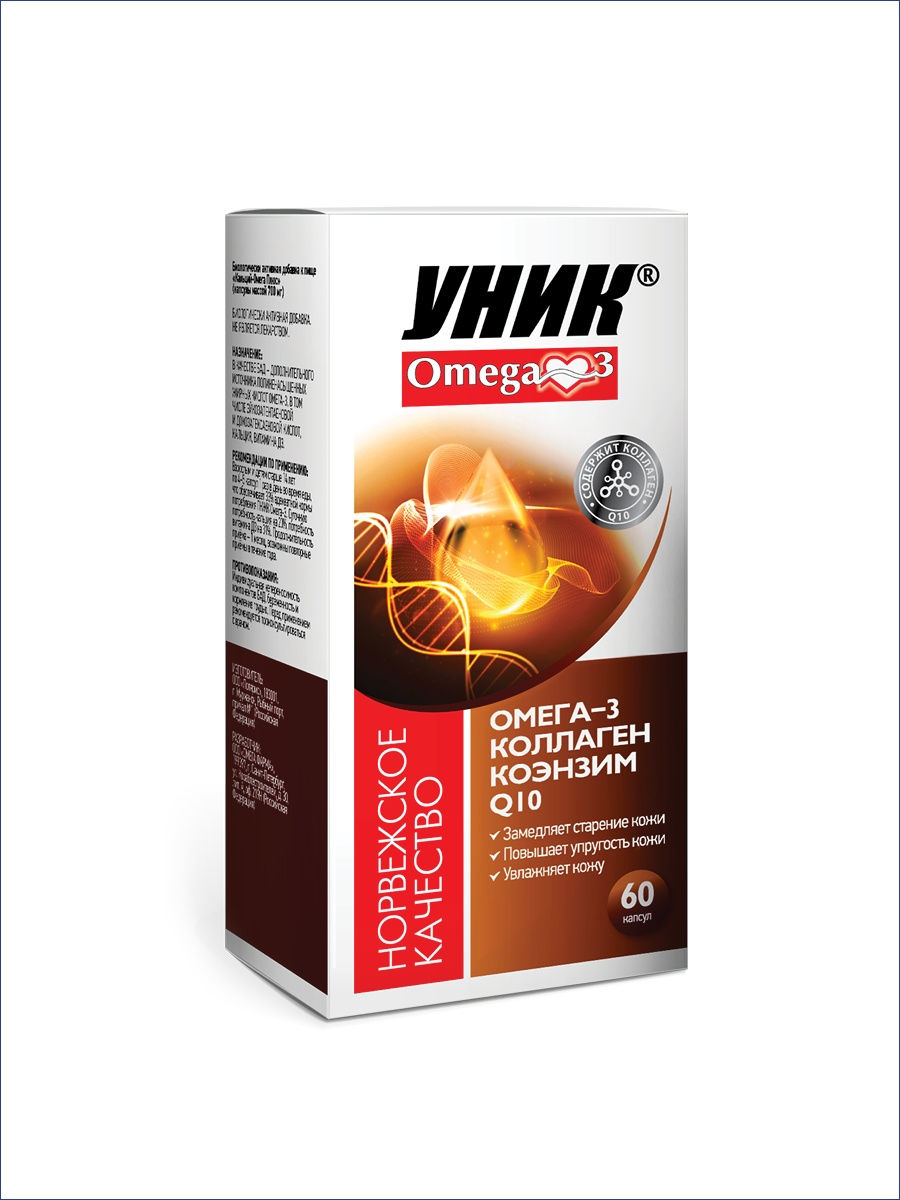


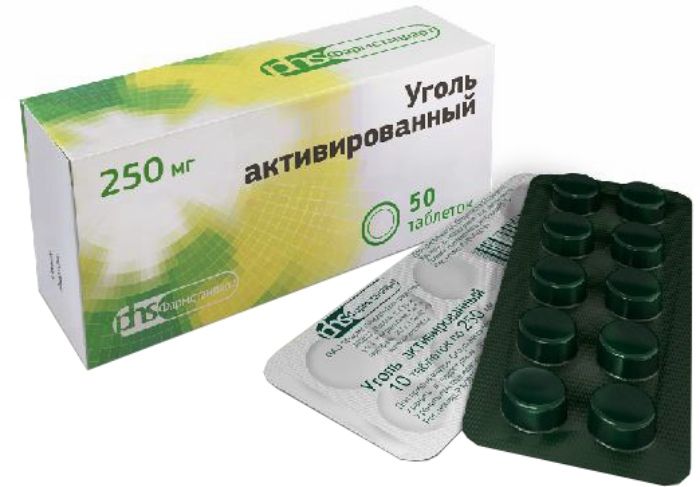
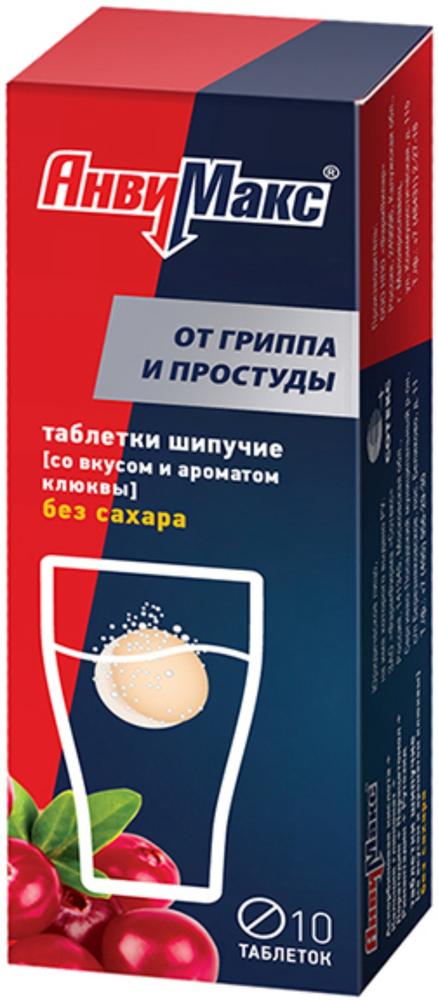
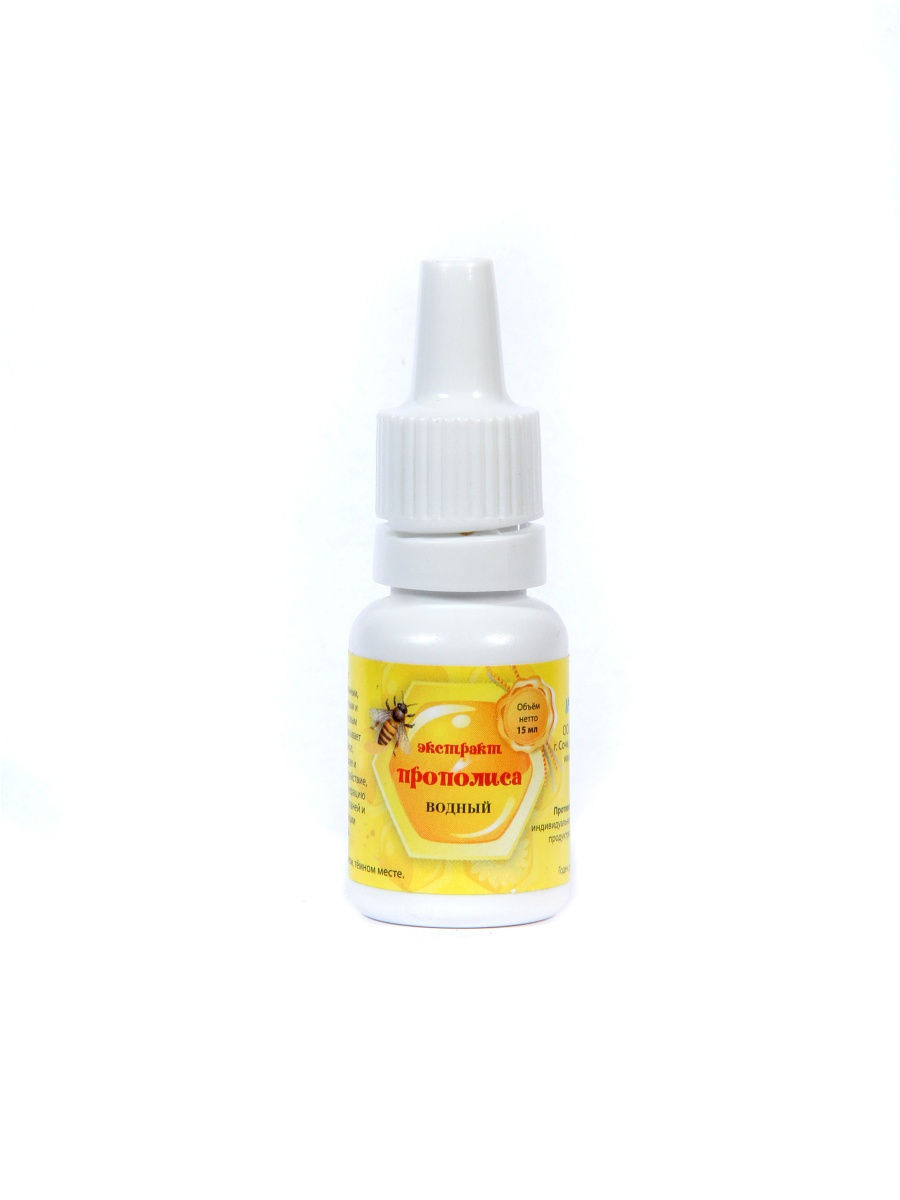




There are no reviews yet.